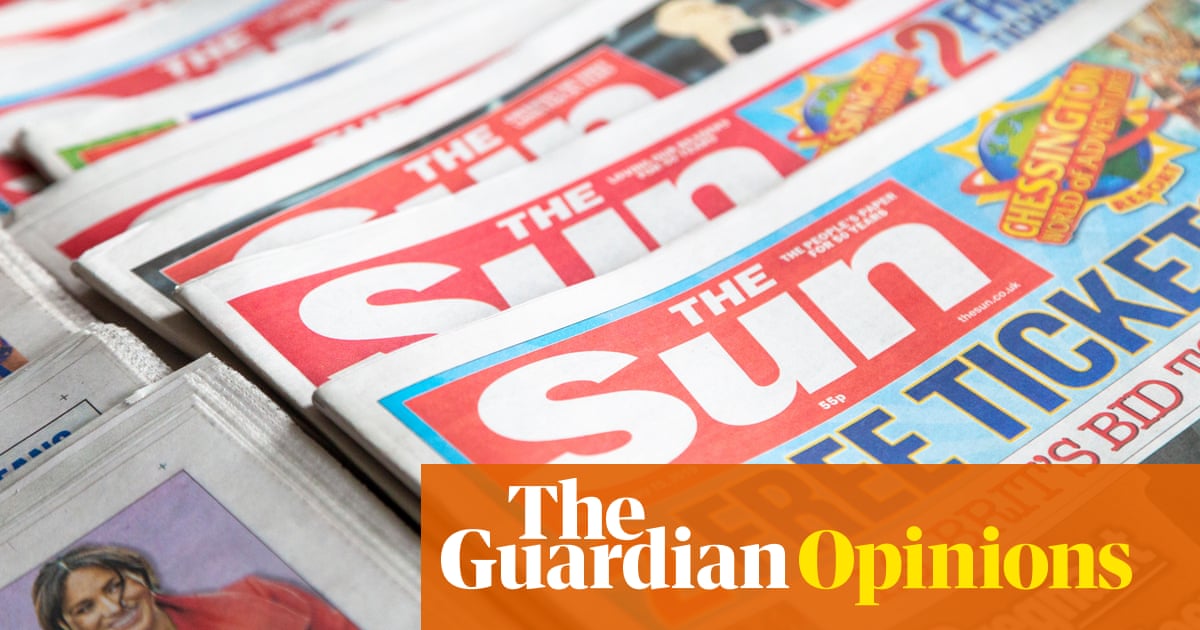
ith most local shops shuttered and online sales booming, it’s easy to imagine that coronavirus will deal a mortal blow to the high street. The images of empty public spaces that have come to define this crisis could be a warning of what life will be like after the lockdown, when people will fear crowds and social distancing will continue, either through self-policing or government directive.
The decline of public life is one of the biggest casualties of Covid-19. Zoom, Amazon and Netflix are unlikely to replace our human craving for it. Public discourse has shrunk to encompass the virus, while our daily lives have retreated into the private domestic sphere. Streets and public places, high streets in particular, are the physical setting for public life, and the impact of the virus is that life lived outside – socialising, shopping, working – has been almost entirely curtailed.
The typical local high street, with a range of small stores providing essential daily goods, services and meeting places, defined towns and cities in the industrial age. But high streets have struggled in our globalised, post-industrial economy; out-of-town superstores with global supply chains sucked consumers away long before the rise of online retail. To counter this, policymakers restricted the growth of out-of-town shopping centres and attempted to create an “urban renaissance” in town centres, bringing shoppers back into revitalised city shopping districts.
In effect, the privatised out-of-town model moved into town, creating high-security enclaves of upmarket shops and entertainment areas, policed by private security guards and CCTV. From Cabot Circus in Bristol to Liverpool One, this became the template for a new kind of urban development all around the country. At the same time, many high streets were taken over by hundreds of privately controlled business improvement districts, which operate in a similar way to privately owned estates: businesses in an area pool resources to pay for private security and surveillance, creating a shopping centre “environment” aimed at generating maximum footfall. In privately owned and privately controlled places, a range of activities is prohibited, including skateboarding, cycling, taking photographs, filming and, crucially to democratic public life, political protest.
As the government begins to ease lockdown restrictions, the public life of the high street will return. Although public transport will be hard hit by decreased commuting, fewer tourists and our fear of contagion, people will be more likely to walk to their local high street – or drive to one of the privatised, high-security “malls without walls” or business improvement districts. But the mark of a successful high street, that it’s busy and bustling with people, will also present a challenge to public health.
This may suit some high streets and shopping areas more than others. Though people will avoid crowds of shoppers for some time, home-working could provide a boost to local high streets, which means many high streets have the potential to thrive. This is particularly the case in affluent areas with an array of independent shops, as well as in deprived parts of the country that remain overlooked by private estates and business improvement districts.
On my local high street in a south London borough, a mutual aid centre, a hub for local volunteers who run errands for older people and those who are self-isolating, has joined the parade of independent and charity shops. Councillors are consulting about where best to widen pavements to enable social distancing: outside the organic butchers or outside the foodbank? Income disparities in London mean that upmarket shops and mutual aid co-exist within the same area. In other parts of the country where high streets are characterised by boarded-up shop fronts, mutual aid centres can also provide much-needed community hubs.
Social preferences, economic realities and government policy will shape the future of the high street. In the short term, government support for high streets of every kind will be felt through the suspension of business rates and the range of funds available to carry businesses through the crisis. Business improvement districts have been promised their own £6m fund, but the continuation of social distancing will challenge a model predicated on creating destination environments to maximise footfall – luring in crowds of shoppers, in other words. The safety of driving to shopping centres may go some of the way to counteract this, and the heavily surveilled, private-public enclaves will no doubt find ways to reinvent themselves, offering data-driven, tech-driven shopping experiences that fit seamlessly with contact tracing apps.
These privately owned public spaces, with their many restrictions on behaviour, offer a stifled version of public life. After the lockdown has eased it’s also possible that high streets that nurture conviviality in place of crowds, and prioritise mutual aid, local goods and services above footfall, will be the places where public life can begin to flourish again.
• Anna Minton is the author of Big Capital: Who is London for? and is a reader in Architecture at the University of East London












